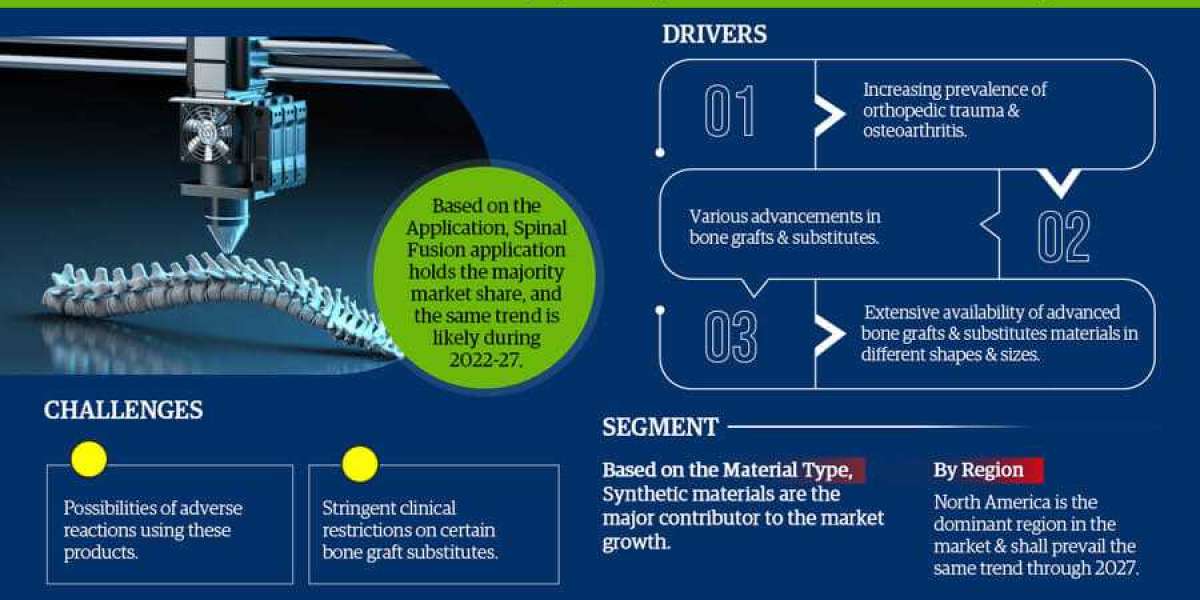Structural steel welding is crucial for building tall structures like skyscrapers and bridges. It ensures the steel frames are strong and safe. New welding methods have improved efficiency, quality, and safety. This blog explores five innovative techniques in structural steel welding.
Welding joins metals by melting and cooling them, creating a strong bond. In structural steel, welding is vital for making reliable connections. Recent advancements have enhanced traditional methods. In this post, we'll look at five cutting-edge welding techniques and their benefits for modern construction.
1. Laser Beam Welding (LBW)
What is Laser Beam Welding?
Laser Beam Welding (LBW) uses a strong laser to melt and join metal pieces. It's known for its precision and speed.
Advantages of LBW
- Precision: LBW is very precise, ideal for delicate tasks.
- Speed: It welds quickly compared to other methods.
- Less Distortion: LBW produces less heat, reducing metal warping.
Applications in Structural Welding
LBW is used in aerospace and automotive industries for precise welding. In structural steel, it's used for complex assemblies needing high accuracy.
2. Friction Stir Welding (FSW)
What is Friction Stir Welding?
Friction Stir Welding (FSW) joins metals without melting them, using a rotating tool to stir and fuse them together in sheet-metal-fabrication.
Advantages of FSW
- Strong Joints: It creates strong and defect-free joints.
- Energy Efficient: Uses less energy than melting methods.
- Eco-friendly: Produces fewer emissions and waste.
Applications in Structural Welding
FSW is used where strong joints are crucial, like bridges and large structures.

3. Gas Tungsten Arc Welding (GTAW/TIG)
What is Gas Tungsten Arc Welding?
Gas Tungsten Arc Welding (GTAW), or Tungsten Inert Gas (TIG) welding, uses a non-consumable tungsten electrode and inert gas to weld.
Advantages of GTAW
- High Quality: Produces clean, high-quality welds.
- Versatile: Can weld various metals like stainless steel and aluminum.
- Control: Offers precise welding control.
Applications in Structural Welding
Used for high-quality welds in architecture and custom metal fabrication.
4. Electroslag Welding (ESW)
What is Electroslag Welding?
Electroslag Welding (ESW) is a fast, single-pass welding structural method for thick materials.
Advantages of ESW
- High Deposition Rates: Deposits metal quickly.
- Less Distortion: Generates less heat, reducing warping.
- Cost-effective: Efficient for large structures.
Applications in Structural Welding
Ideal for thick steel sections in tall buildings and heavy machinery.
5. Robotic Welding
What is Robotic Welding?
Robotic welding uses robots to perform welding tasks. They're programmed for MIG, TIG, and laser welding.
Advantages of Robotic Welding
- Consistency: Robots weld consistently, reducing errors.
- Efficiency: Operate continuously, boosting productivity.
- Safety: Perform in hazardous conditions, keeping workers safe.
Applications in Structural Welding
Used in manufacturing and construction for consistent, efficient welding.
Conclusion
Innovative welding techniques have revolutionized structural steel fabrication. Laser Beam Welding, Friction Stir Welding, Gas Tungsten Arc Welding, Electroslag Welding, and Robotic Welding improve quality, efficiency, and safety. Understanding these methods helps in choosing the right welding service for your projects.
Whether you need welding services in Houston or custom metal fabrication, knowing these techniques ensures your projects are durable and well-built. Stay updated on welding innovations to meet construction demands effectively.



